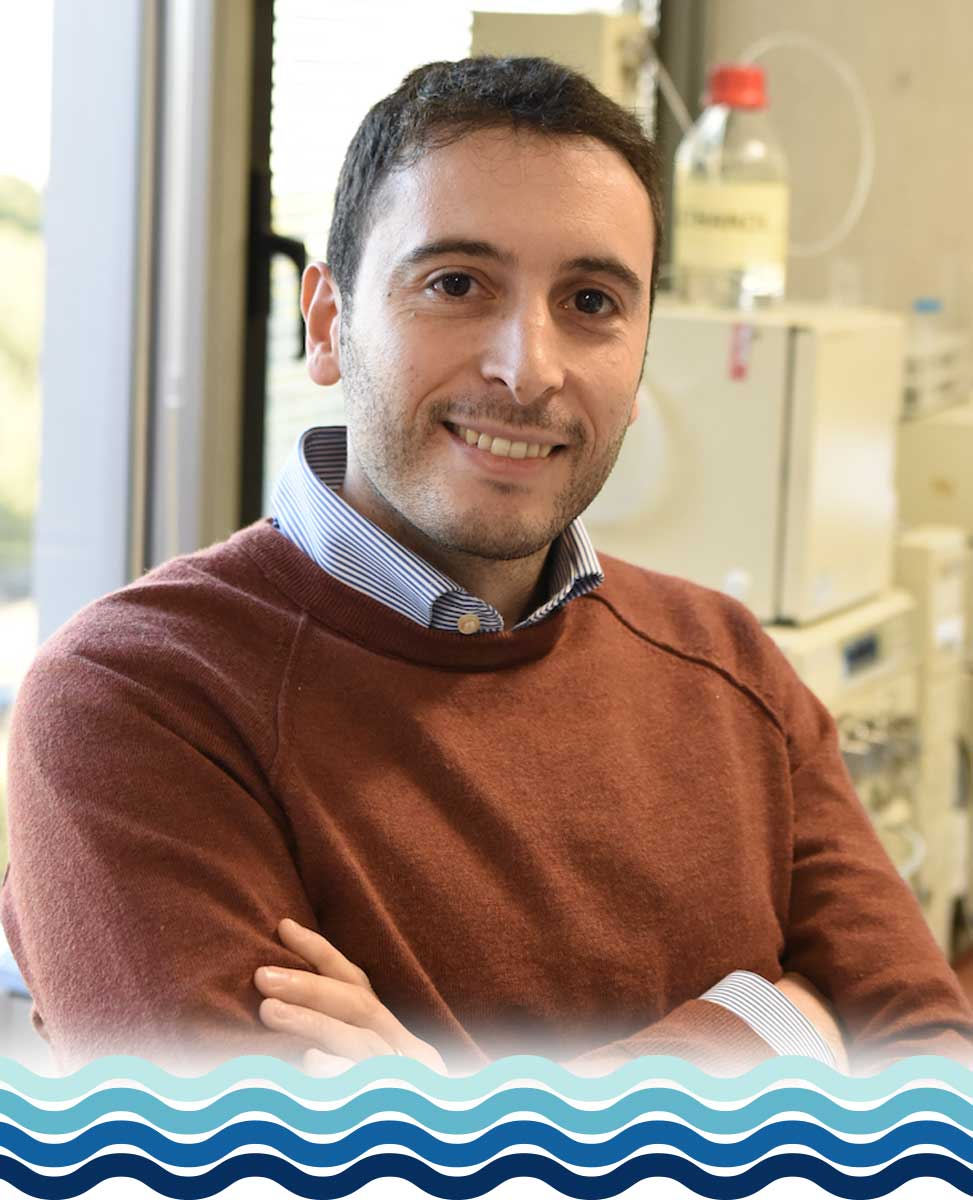Francesco Merlino
Assistant Professor
University of Naples Federico II
Talk Information
Sustainability in Peptide Science
17 June 2025, 09:20am - 09:35am, in the Pacific Jewel Ballroom
L26 – Ultrasound-Powered Sustainable Chemical Synthesis of Bioactive Peptides

Assistant Professor Francesco Merlino is a tenure-track faculty member in Medicinal Chemistry at the Department of Pharmacy, University of Naples Federico II. His research focuses on peptide chemistry and medicinal chemistry, particularly in the development of peptide-based therapeutics targeting various diseases.
Academic Background
Dr. Merlino graduated summa cum laude with a degree in Pharmacy from the University of Naples Federico II in 2010. He further pursued his studies in the same institution, earning a Ph.D. in Pharmaceutical Sciences, where he specialized in peptide chemistry and its applications in drug discovery.
Research Focus
Dr. Merlino's research encompasses the design, synthesis, and characterization of peptides and peptidomimetics with potential therapeutic applications. His work includes developing novel methodologies for peptide synthesis, exploring structure-activity relationships, and investigating peptide interactions with biological targets. Notably, he has contributed to studies on urotensin II analogues and their biological activities.
Notable Contributions
Dr. Merlino has authored numerous peer-reviewed publications in the field of medicinal chemistry and peptide science. His research on urotensin II analogues has provided valuable insights into the development of ligands with potential therapeutic applications. Additionally, his work on ultrasound-assisted solid-phase peptide synthesis has contributed to advancements in efficient peptide production techniques.
Professional Engagements
Beyond his research, Dr. Merlino is actively involved in academic collaborations and mentoring students in the field of medicinal chemistry. He maintains an active presence in the scientific community, contributing to discussions and developments in peptide research.
Through his dedication to peptide chemistry and medicinal research, Assistant Professor Francesco Merlino continues to make significant contributions to the development of novel therapeutic agents.
Ultrasound-Powered Sustainable Chemical Synthesis of Bioactive Peptides
Department of Pharmacy, University of Naples Federico II, Naples, Italy; Department of Environmental, Biological and Pharmaceutical Science and Technology, University of Campania “Luigi Vanvitelli,” Caserta, Italy
The rising demand for peptide-based therapeutics is compelling drug developers to address the sustainability challenges associated with their production1, 2. Among chemical manufacturing peptide techniques, the Fmoc-based solid-phase peptide synthesis (SPPS) stands out as the most effective but expensive strategy. Since its inception, SPPS has undergone continuous refinement through both chemical innovations and technological advancements, including the application of alternative energy inputs to carry out the fundamental SPPS steps, such as microwave and continuous-flow systems. In recent years, the use of such energy sources has gained increasing relevance, driven by the need for more efficient, sustainable, and cost-effective SPPS synthetic methods.

Our recent findings have highlighted the potential of ultrasonication (US) in enhancing SPPS. We previously demonstrated significant reductions in both material consumption and reaction time when US was applied to assist crucial SPPS steps, such as amide bond formation and Fmoc deprotection3,4. In this presentation, we will introduce additional US-assisted methods for executing sustainable solid-phase reactions. Notably, we have explored reactions that lead to cyclic and conjugated peptides, among others, leveraging the synergy between US and green auxiliaries.
1. Wang et al. Signal Transduct. Target Ther. 2022, 7, 48.
2. Muttenthaler et al. Nat. Rev. Drug Discov. 2021, 20, 309–325.
3. Del Bene et al. Ultrason. Sonochem. 2023, 95, 106360.
4. Merlino et al. Org. Lett. 2019, 21, 6378–6382.

